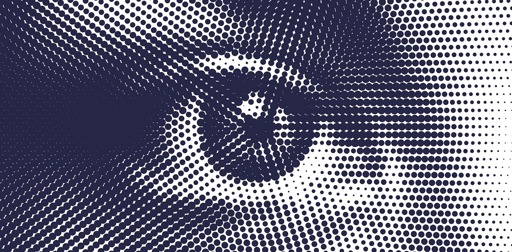We are constantly fed a version of AI that looks, sounds and acts suspiciously like us. It speaks in polished sentences, mimics emotions, expresses curiosity, claims to feel compassion, even dabbles in what it calls creativity.
But what we call AI today is nothing more than a statistical machine: a digital parrot regurgitating patterns mined from oceans of human data (the situation hasn’t changed much since it was discussed here five years ago). When it writes an answer to a question, it literally just guesses which letter and word will come next in a sequence – based on the data it’s been trained on.
This means AI has no understanding. No consciousness. No knowledge in any real, human sense. Just pure probability-driven, engineered brilliance — nothing more, and nothing less.
So why is a real “thinking” AI likely impossible? Because it’s bodiless. It has no senses, no flesh, no nerves, no pain, no pleasure. It doesn’t hunger, desire or fear. And because there is no cognition — not a shred — there’s a fundamental gap between the data it consumes (data born out of human feelings and experience) and what it can do with them.
Philosopher David Chalmers calls the mysterious mechanism underlying the relationship between our physical body and consciousness the “hard problem of consciousness”. Eminent scientists have recently hypothesised that consciousness actually emerges from the integration of internal, mental states with sensory representations (such as changes in heart rate, sweating and much more).
Given the paramount importance of the human senses and emotion for consciousness to “happen”, there is a profound and probably irreconcilable disconnect between general AI, the machine, and consciousness, a human phenomenon.



I know it’s part of the AI jargon, but using the word “learning” to describe the slow adaptation of massive arrays of single precision numbers to some loss function, is a very generous interpretation of that word, IMO.
But that’s exactly how we learn stuff, as well. Artificial neural networks are modelled after how our neuron affect each other while we learn and store memories.
Neural networks are about as much a model of a brain as a stick man is a model of human anatomy.
I don’t think anybody knows how we actually, really learn. I’m not a neuro scientist (I’m a computer scientist specialised in AI) but I don’t think the mechanism of learning is that well understood.
AI hype-people will say that it’s “like a neural network” but I really doubt that. There is no loss-function in reality and certainly no way for the brain to perform gradient descent.